I’m recently back from a sales trip to China and Japan, and several things struck me whilst travelling. First was the pace of change, especially in China – where the level of visible wealth has increased significantly, in the cities I visited at least. The second thing was the number of old but well-maintained noble gas mass spectrometers in evidence in both countries. Typically, they were still working, often producing good data, and in many cases well over 20 years old. I saw far fewer old TIMS instruments, which got me thinking as to why that might be.
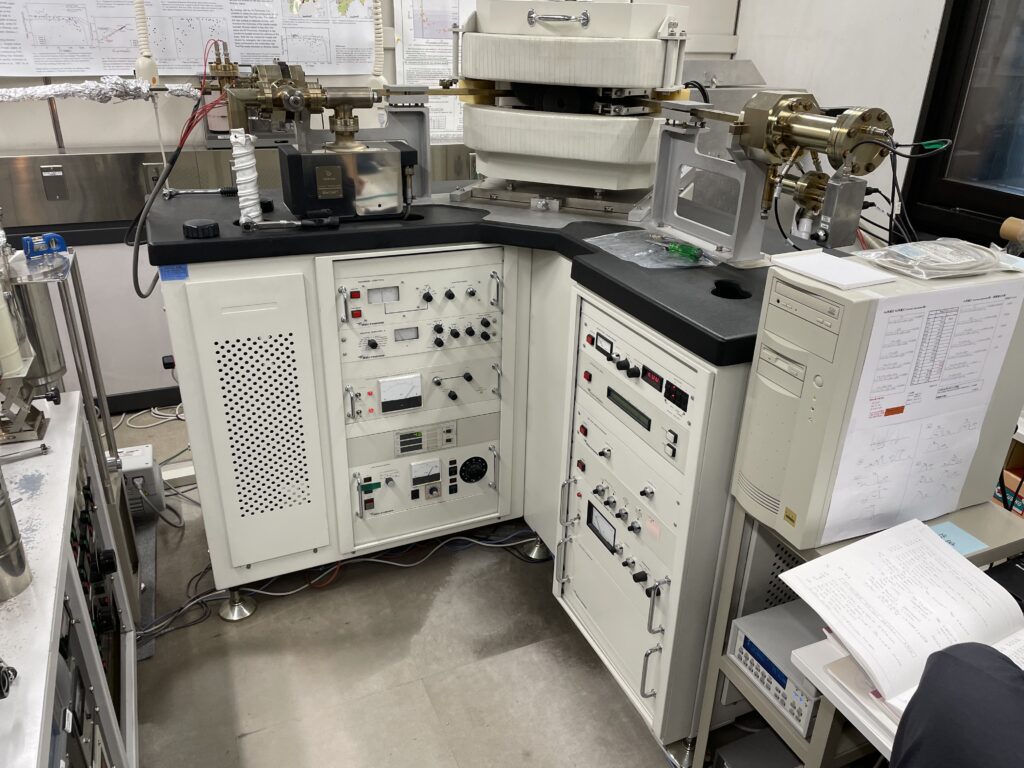
The first factor is the level of complexity, by which I mainly mean the number of moving parts and also parts subject to significant temperature changes. After all, a typical noble gas mass spectrometer has very few moving parts and other than the filament doesn’t suffer from a lot of temperature cycling (I’m ignoring the prep system for this part). Contrast that with a typical older TIMS instrument that has moving collectors and the obvious heat factor from the filaments. Another factor will be the time spent under high vacuum – noble gas MS users are loathe to vent their instruments other than for filament changes and this is likely to be a factor with longevity.
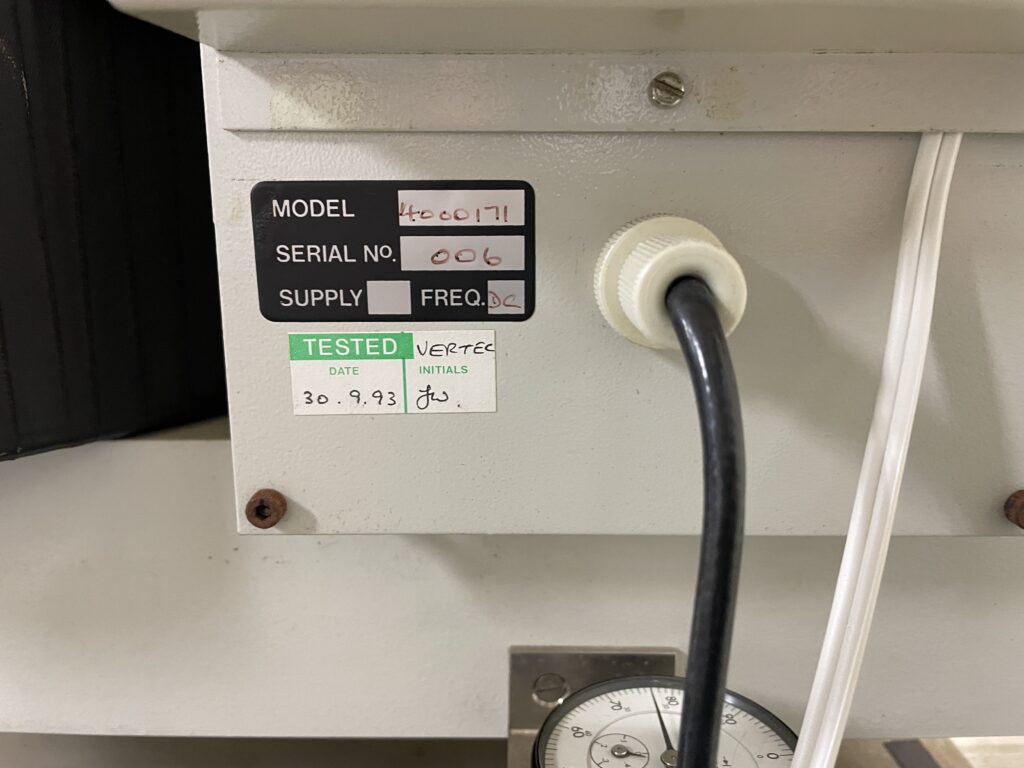
The point about complexity is probably especially highlighted by consideration of MC-ICP-MS. Older instruments of this type (and I mean more than 20 years old) are extremely uncommon in my experience. If you know of an Isoprobe-P, VG Axiom MC or better still, Plasma 54 that is still working, please let me know, the mass spec geek in me will be delighted to hear! And what’s the reason for them not lasting so long? I figure it’s mostly the extreme operating conditions, with many moving parts (collectors, torch box etc) and an overall unpleasant and damaging environment at the front end, with corrosive acids, harmful gases, and extremes of temperature.
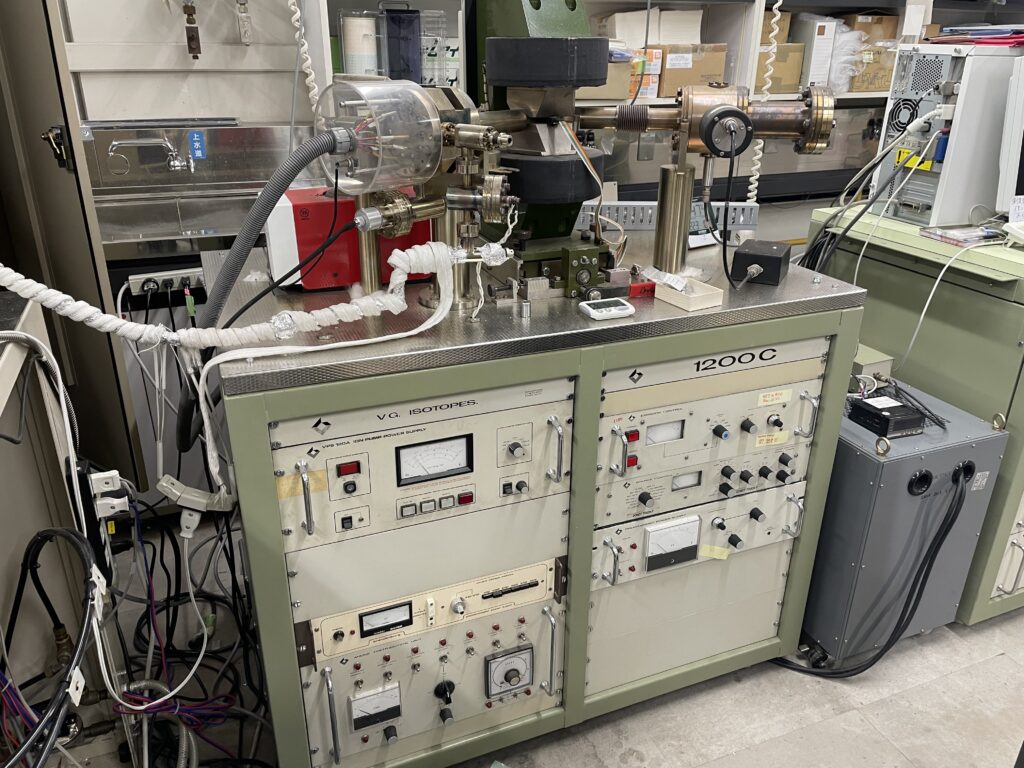
But back to the noble gas instruments. In the 1980’s and 1990’s both China and Japan were big markets for the noble gas MS companies, the two countries producing excellent science, well funded by their respective governments. Science funding has seen peaks and troughs since, and this is one driver for the longevity of the instruments. I also felt during my visits that the scientists typically felt a duty of care to their instruments and because of this looked after them very well. One example of this is an instrument in a lab in Beijing, originally supplied by GV Instruments circa 2006. If you didn’t know better, you’d say it was almost new, despite its busy 17 year history.
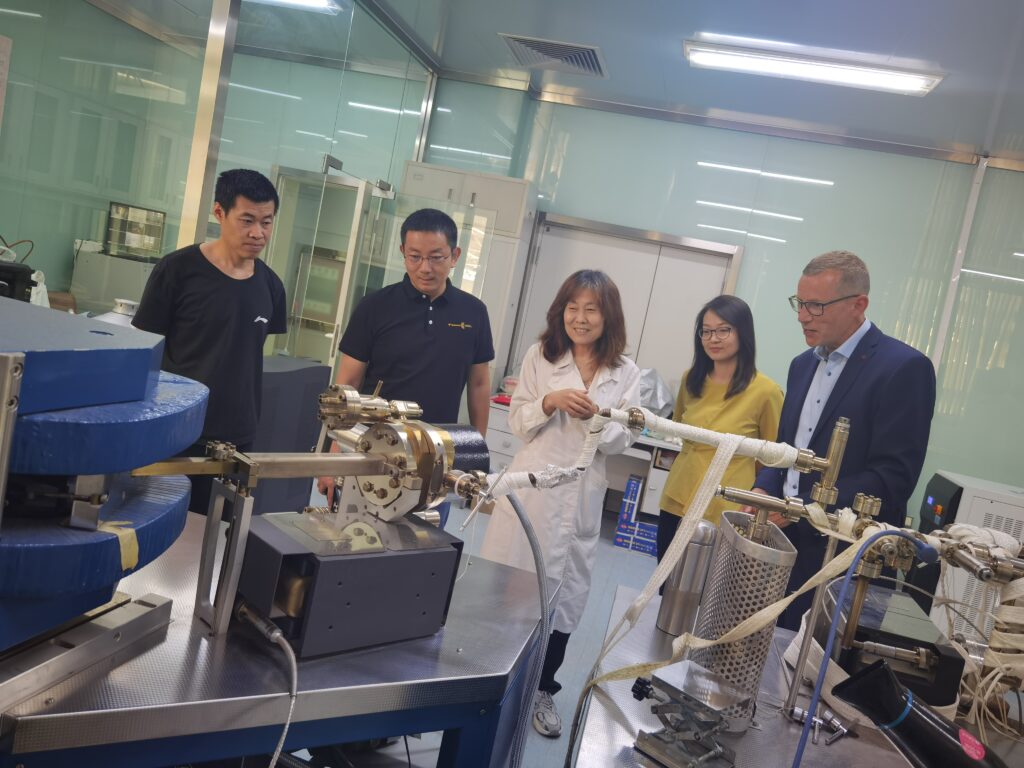
So what instruments are they? For the most part, 5400’s, either from Micromass or GV (depending on vintage), but I also saw 3600’s, 1200’s and GV Instruments-era Helix. Even the youngest of these are likely to be over 15 years old, and the oldest closer to 40 years old, which I think really proves that they are well looked after (and I believe proves they were well built too).
How are these older instruments looked after? That varies from lab to lab. Some of the labs have a lab manager or lab technician who looks after the instruments. This person is typically someone who has many years of experience and maintains it with a passion normally reserved for a family member. Other labs do use third parties to maintain the instruments, but that’s becoming harder to do as parts become difficult to obtain and the knowledge of the instruments disappears.
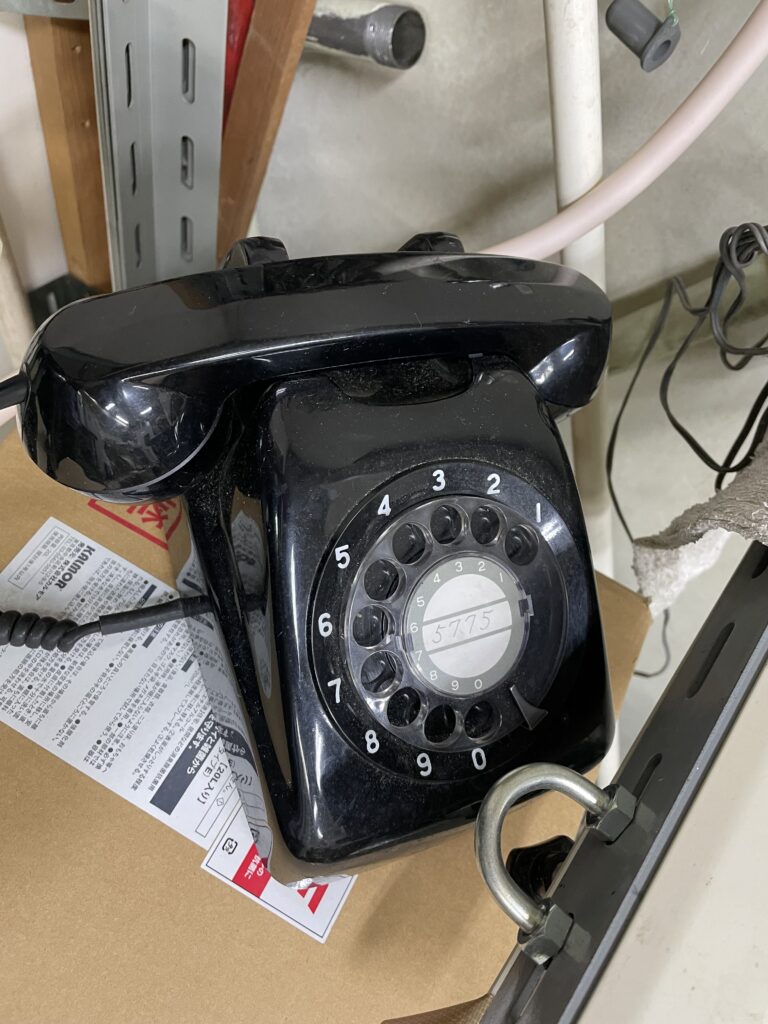
One option for these older instruments is to upgrade the electronics and software. It something we do regularly (and almost uniquely) at Isotopx. We’ve always believed that keeping an instrument working is a better option than replacing it, particularly from both an environmental standpoint but also an ethical one too. The way this works does depend on the age and type of noble gas instrument, a typical upgrade instrument being a VG5400 or else an MAP instrument of the same heritage. We usually replace the entire electronics and software, meaning that reliability is hugely improved as well as ease of use. This process can give an older noble gas instrument a further decade or more of productive use.
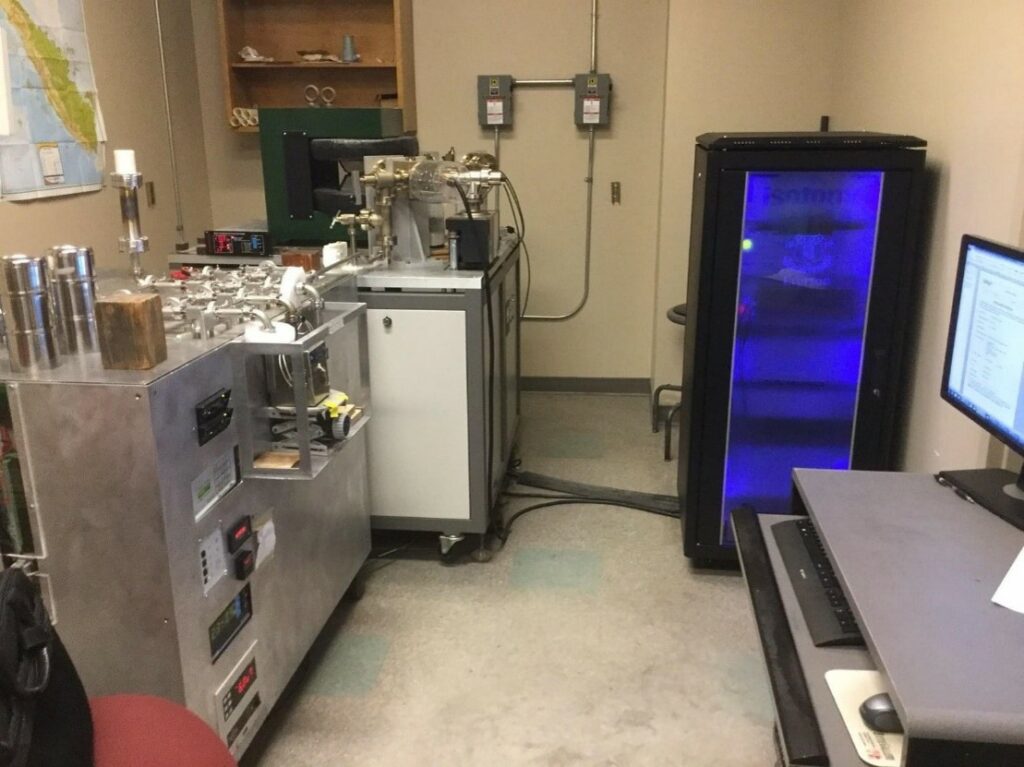
So, is there a limit to how old the instrument can be and still be eligible for an upgrade? Of course, we’re not magicians! But you might be surprised how old the instrument can be and still be upgraded. Typically, we’d make a visit to the lab and spend a day or two assessing how much needs replacing, and then it’s up to the user to decide whether to proceed. The cost saving is large when compared to the price of a new instrument, so for many labs that are budget constrained it can be an attractive solution. We have a short brochure about the process, you can take a look here. And if an upgrade takes your fancy, get in touch and we’ll tell you more about how it works.
If you have a comment about this post, or wish to share your thoughts about older mass spectrometers, please let me know (Stephen.guilfoyle@isotopx.com).
